The debate surrounding cannabis use and hair loss has gained attention in recent years. While there is scientific evidence supporting the role of the endocannabinoid system (ECS) in regulating hair growth, the actual impact of cannabis consumption on hair loss remains a topic of discussion.
Research on the endocannabinoid system suggests that cannabinoids can interact with numerous receptors in the skin, which in turn influences hair follicle function. While these findings indicate a connection between the ECS and hair growth, we first need to consider which type of hair growth problem we may be trying to solve before we can consider using cannabinoids to treat it. For each type of hair loss, also known as alopecia, there may be different cannabinoids or routes of administration to best address the specific types of alopecia.
Androgenic alopecia (male/female pattern baldness): Androgenic alopecia is the most common form of hair loss. It mainly affects men, though it can impact women, too. While there is an inherent connection between the ECS and sex hormones, the impact of chronic cannabis use on hair growth and loss remains largely speculative. Although an experiment conducted on human skin cells demonstrated potential effects, no human studies have directly correlated marijuana use to male pattern baldness. 1
Telogen effluvium: Telogen effluvium is a type of hair loss associated with excessive shedding caused by various factors, including stress. While irregular THC (tetrahydrocannabinol) levels have been found to reduce stress, chronic THC use may potentially be linked to an increased stress response. This suggests that the effects of cannabis on telogen effluvium depend on the dosage, specific cannabinoids, and frequency of use. 2
Alopecia areata: Alopecia areata is an autoimmune condition characterized by patchy hair loss caused by the immune system attacking hair follicles. Although many autoimmune conditions may respond to THC, studies have shown mixed results regarding its efficacy in improving hair growth in alopecia areata patients. While some individuals report using cannabis for symptom management, the majority do not believe it significantly enhances hair regrowth. 3
Trichotillomania: Trichotillomania is a psychological disorder characterized by the irresistible urge to pull out one’s hair, resulting in noticeable hair loss. Although cannabis has been implicated as potentially helpful in tic disorders or obsessive compulsive disorder (OCD), limited research specifically examines its effects on trichotillomania. It is possible that THC, with its potential to help with OCD, could have a favorable effect on this condition. 4 5
Smoking and hair loss: While marijuana smoking itself has not been directly associated with hair loss, the smoke generated during combustion may contribute to hair loss due to oxidative stress. Both tobacco and cannabis smoke contain harmful particles and aromatic hydrocarbons that can damage hair follicles. Co-smokers of cannabis and tobacco are at a higher risk of hair loss compared to cannabis users who do not smoke tobacco. 6
Can cannabis be used to combat hair loss?
Promising preclinical results have inspired scientists to investigate how cannabinoids and terpenes could help to regrow hair. Most of the research examining the mechanisms underpinning these hair-promoting effects have pointed to interactions between cannabinoids or terpenoids with a diverse array of sensory channels in the skin, known as transient receptor potential ion channels (TRPs for short). These ion channels exist all around the body, and play broad sensory roles, along with potentially mediating hair growth. By interacting with TRPs, it is thought that cannabinoids and terpenes can impact the hair growth cycle. 7
Scientists are now investigating if cannabinoids and terpenes found in cannabis may offer hope in hair loss treatment. CBD holds the most promise as a treatment for hair loss, as it exhibits activity related to multiple phases of hair growth via the TRP channels that help to regulate it. Additionally, CBD has been studied for its antioxidant properties, which may also support hair health. There is also the possibility that other cannabinoids, like CBG or CBN, could worsen hair loss, as they interact with certain ion channels differently than CBD. 8
A recent case series involving a CBD-rich hemp extract, which also contained THCV and CBDV, showed impressive results after six months of application to the balding scalp. These studies highlight the potential of CBD to combat hair loss, and also brings attention to other minor cannabinoids in THCV and CBDV which each have unique pharmacology at TRP channels and cannabinoid receptors, which means they could each impact hair growth differently. 9
Rosemary essential oil , which contains terpenes like beta-caryophyllene, may be linked to hair growth promotion, although the mechanisms are still up for debate. The same goes for peppermint oil, which is rich in terpenoids like menthol and limonene, and was shown to be beneficial when applied topically to combat hair loss. 10 11 12
While the connection between cannabis use and hair loss remains controversial, there is some limited scientific evidence (and lots of internet chatter) correlating cannabis consumption to various types of hair loss. The impact of cannabis on hair loss appears to be influenced by factors such as dosage, specific cannabinoids, frequency of use, and individual response. It is possible that certain cannabinoids could be used to combat hair loss. Further research is needed to provide conclusive evidence regarding the potential benefits or risks of cannabis in the treatment of alopecia. 13
Sources
- Telek, A., Bíró, T., Bodó, E., Tóth, B. I., Borbíró, I., Kunos, G., & Paus, R. (2007). Inhibition of human hair follicle growth by endo- and exocannabinoids. FASEB journal : official publication of the Federation of American Societies for Experimental Biology, 21(13), 3534–3541. https://doi.org/10.1096/fj.06-7689com
- Childs, E., Lutz, J. A., & de Wit, H. (2017). Dose-related effects of delta-9-THC on emotional responses to acute psychosocial stress. Drug and alcohol dependence, 177, 136–144. https://doi.org/10.1016/j.drugalcdep.2017.03.030
- Han, J. J., Faletsky, A., Mostaghimi, A., & Huang, K. P. (2022). Cannabis Use among Patients with Alopecia Areata: A Cross-Sectional Survey Study. International journal of trichology, 14(1), 21–24. https://doi.org/10.4103/ijt.ijt_96_21
- Grant, J. E., Valle, S., Chesivoir, E., & Ehsan, D. (2022). Tetrahydrocannabinol fails to reduce hair pulling or skin picking: results of a double-blind, placebo-controlled study of dronabinol. International clinical psychopharmacology, 37(1), 14–20. https://doi.org/10.1097/YIC.0000000000000382
- Mauzay, D., LaFrance, E. M., & Cuttler, C. (2021). Acute Effects of Cannabis on Symptoms of Obsessive-Compulsive Disorder. Journal of affective disorders, 279, 158–163. https://doi.org/10.1016/j.jad.2020.09.124
- Babadjouni, A., Pouldar Foulad, D., Hedayati, B., Evron, E., & Mesinkovska, N. (2021). The Effects of Smoking on Hair Health: A Systematic Review. Skin appendage disorders, 7(4), 251–264. https://doi.org/10.1159/000512865
- Kiss, F.; Pohóczky, K.; Szállási, A.; Helyes, Z. Transient Receptor Potential (TRP) Channels in Head-and-Neck Squamous Cell Carcinomas: Diagnostic, Prognostic, and Therapeutic Potentials. Int. J. Mol. Sci. 2020, 21, 6374. https://doi.org/10.3390/ijms21176374
- Gupta, AK, Talukder, M. A cannabinoid Hairy-Tale: Hair loss or hair gain? J Cosmet Dermatol. 2022; 21: 6653-6660. doi: 10.1111/jocd.15427
- Smith G. L. (2023). Hair Regrowth with Novel Hemp Extract: A Case Series. International journal of trichology, 15(1), 18–24. https://doi.org/10.4103/ijt.ijt_34_22
- de Macedo LM, Santos ÉMD, Militão L, et al. Rosemary (Rosmarinus officinalis L., syn Salvia rosmarinus Spenn.) and Its Topical Applications: A Review. Plants (Basel). 2020;9(5):651. Published 2020 May 21. doi:10.3390/plants9050651
- Jain, R., Monthakantirat, O., Tengamnuay, P., & De-Eknamkul, W. (2016). Identification of a new plant extract for androgenic alopecia treatment using a non-radioactive human hair dermal papilla cell-based assay. BMC complementary and alternative medicine, 16, 18. https://doi.org/10.1186/s12906-016-1004-5
- Oh, J. Y., Park, M. A., & Kim, Y. C. (2014). Peppermint Oil Promotes Hair Growth without Toxic Signs. Toxicological research, 30(4), 297–304. https://doi.org/10.5487/TR.2014.30.4.297
- Telek, A., Bíró, T., Bodó, E., Tóth, B. I., Borbíró, I., Kunos, G., & Paus, R. (2007). Inhibition of human hair follicle growth by endo- and exocannabinoids. FASEB journal : official publication of the Federation of American Societies for Experimental Biology, 21(13), 3534–3541. https://doi.org/10.1096/fj.06-7689com
Sign up for bi-weekly updates, packed full of cannabis education, recipes, and tips. Your inbox will love it.

 Shop
Shop Support
Support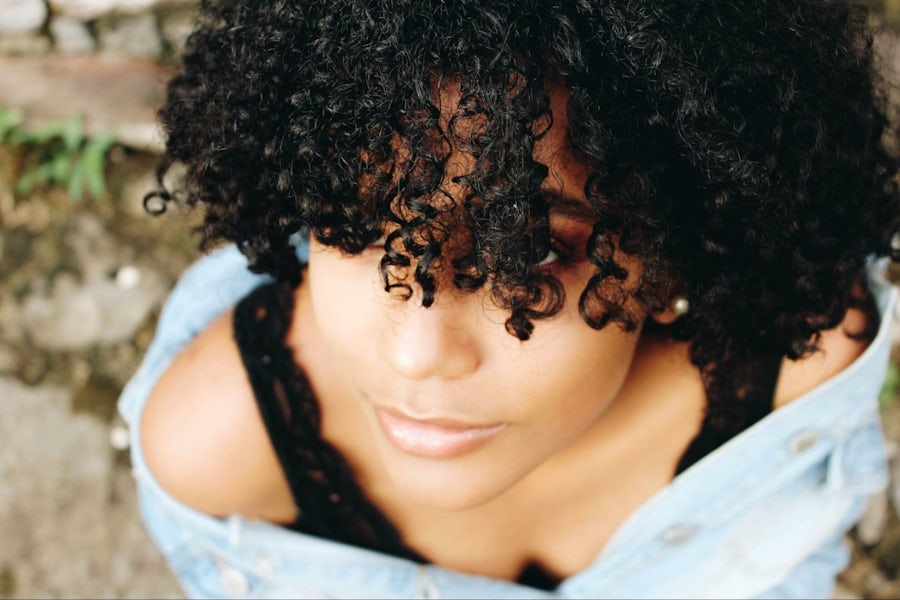
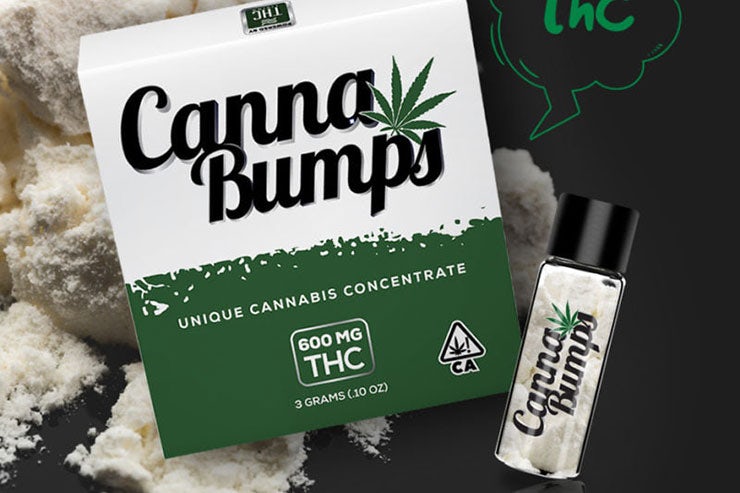

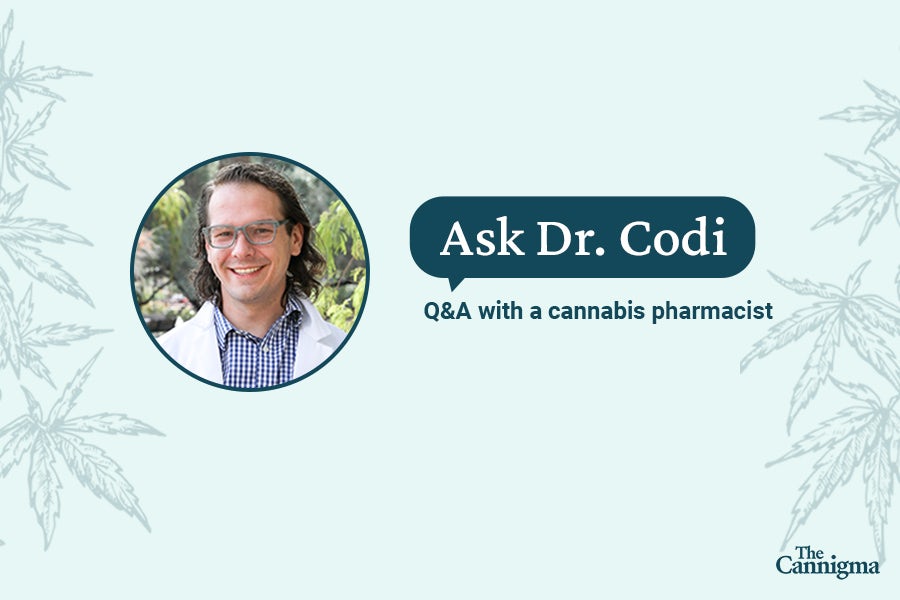
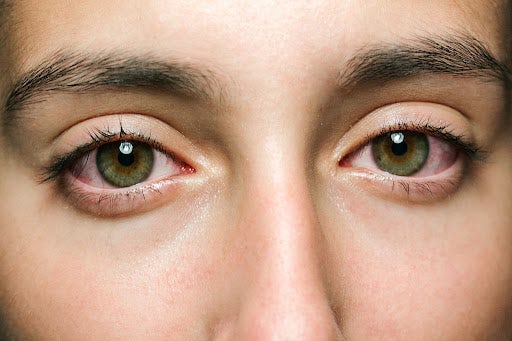
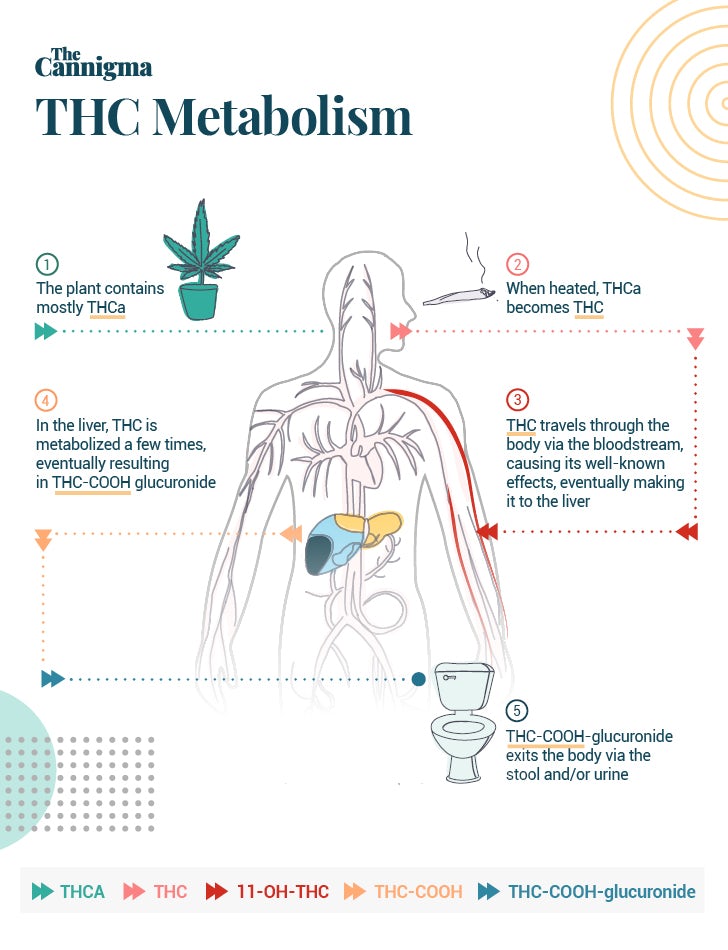















I’ve been using cannabis since 1978.
I’m 59 and am the hairest person in my family my father went bald but my hairs grows fast and strong. If anything cannabis is good for your hair growth. IMO